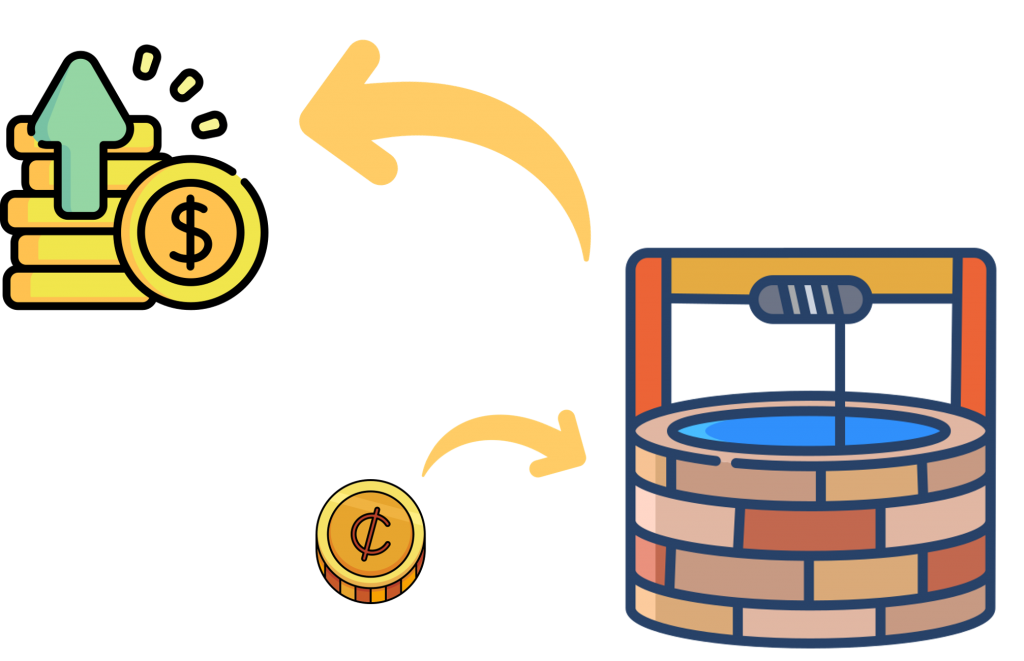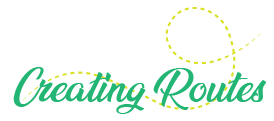Have you noticed that rich people’s children stay rich? This not only happens because they have more opportunities but also because they know how to seize them.
In this article we will discuss one of several factors that make the rich stay rich, with this new power, you’ll start detecting opportunities where others see nothing.
What the heck is an asymmetric risk?

Asymmetric risks are about betting small for a high probability of rewards.
Here’s a story taken from the book “Deep Work” that perfectly explains this concept, it involves Peter Shankman, an entrepreneur, and social media pioneer.
Peter spent much of his time traveling by plane, leaving him little to no time… <Or this is how a non-rich person would see it>. Peter realized that these moments, being at 10.000m, locked in a seat with nothing in front of him, nothing to distract him was the perfect opportunity to write a book. Therefore, Shankman signed a book contract that gave him only two weeks to finish the entire manuscript. Meeting this deadline would require incredible concentration. To achieve this state, Shankman did something unconventional. He booked a round-trip business-class ticket to Tokyo. He wrote during the whole flight to Japan, drank an espresso in the business class lounge once he arrived in Japan, then turned around and flew back, once again writing the whole way—arriving back in the States only thirty hours after he first left with a completed manuscript now in hand. “The trip cost $4,000 and was worth every penny”, he explained.
Breaking down the asymmetric risk: $4,000 investment for a HUGE reward, far beyond the initial investment.
Getting down to business
How can you apply asymmetric risk in your professional life? Here you have some examples:
This platform is by far the most important when it comes to finding a new job, therefore, your profile should say “I’m the one you’re looking for” by itself. By investing small amounts on this platform, you can have HUGE returns, it worked out for me!
- Professional photo: Four years ago, I paid a professional photographer $60 for a session. From there I got both profile and background photos. It was worth every penny, Linkedin has helped me to find amazing job opportunities.
Crypto
We are living in an era where you can have an X1000 return on your investment by just pressing a button. Of course, the possibilities of getting such returns are low, but it only takes ONE investment to blow up to compensate for all other investments. Investing early on, as little as $50 (a dinner) in a new cryptocurrency can become your new house down payment.
This example is a tricky one because as humans we tend to just look at how much we can lose instead of how much we can win. Is it $50 really that much? Or $20.
Certifications
One year ago, I obtained a SCRUM Master certification, it was easy and it cost $150 but my Linkedin profile exploded.
The same happened with other certifications that cost just around $100 but helped me land new jobs. They were worth every penny.
Books
Books are a hack in life: You get the life experience of someone who is/was experienced in their field for just a few dollars. Just one sentence in the book can make your investment totally worth it.
Please, don’t save the money when it comes to buying books, your future yourself will thank you!
Think like a winner

If you were to take something from this article with you, let it be this: Don’t think “I could lose these few pennies amount”, instead, ask yourself: “How could I convert these few pennies into thousands of dollars?”.
Those who think in pennies amounts remain in pennies amounts.
Do you think asymmetric risks, with small investments, are worth pursuing? Let me know!
If you liked this idea of asymmetric risks, here is a great Youtube video from one of the best channels, Alux:
Highlights
- Rich people know how to leverage asymmetric risks.
- Smart small investments could have a huge potential return.
- Don’t get stuck thinking about “I might lose some pennies”, watch them as they’re: pennies.



